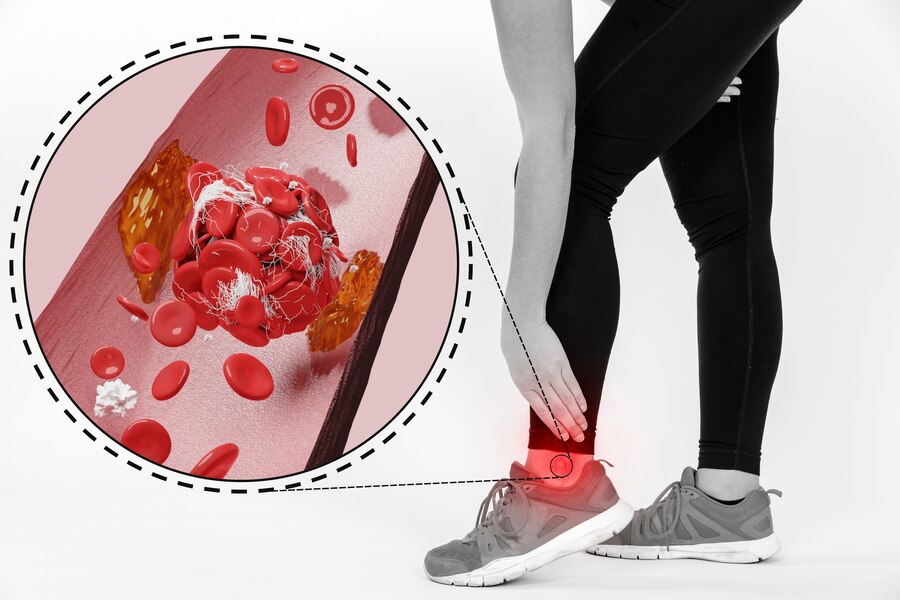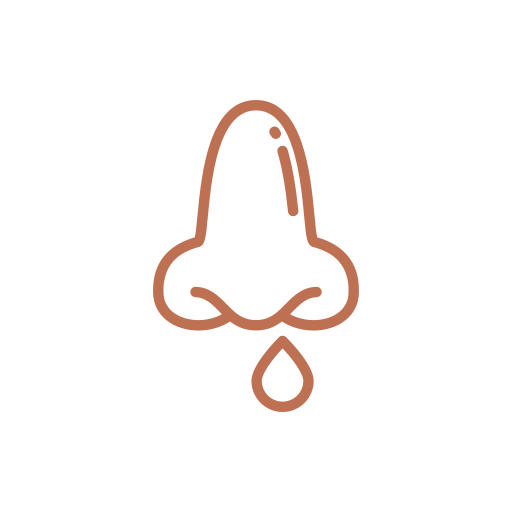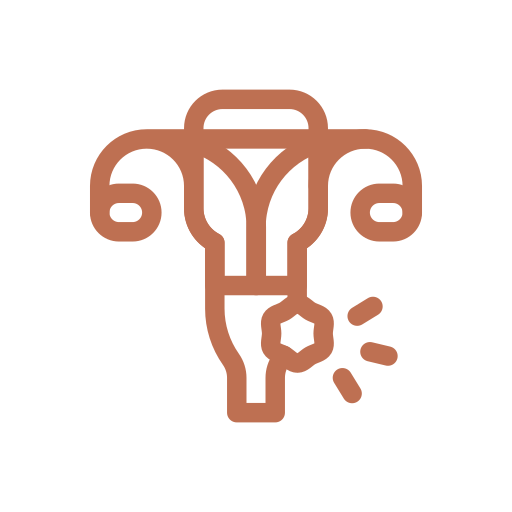What is Active Bleeding?
Active bleeding refers to the ongoing loss of blood from a vessel, which can result from trauma, surgery, or medical conditions such as gastrointestinal ulcers or ruptured aneurysms. Immediate and effective treatment is crucial to manage bleeding, prevent shock, and ensure overall patient safety.






